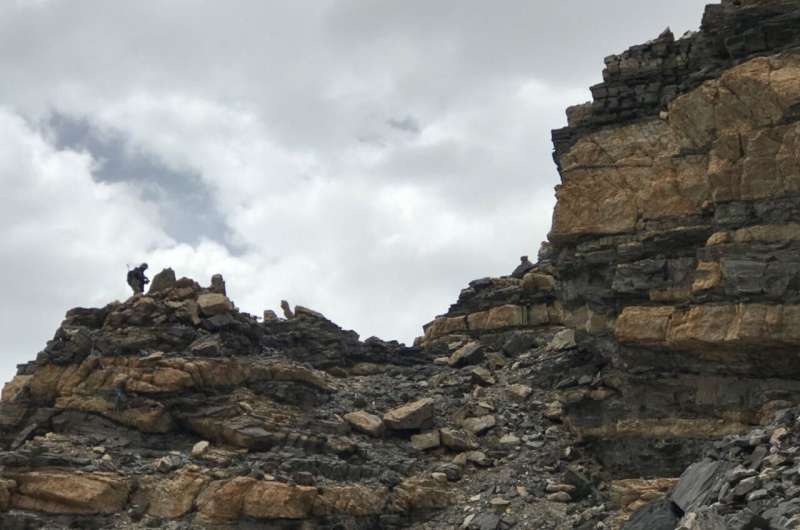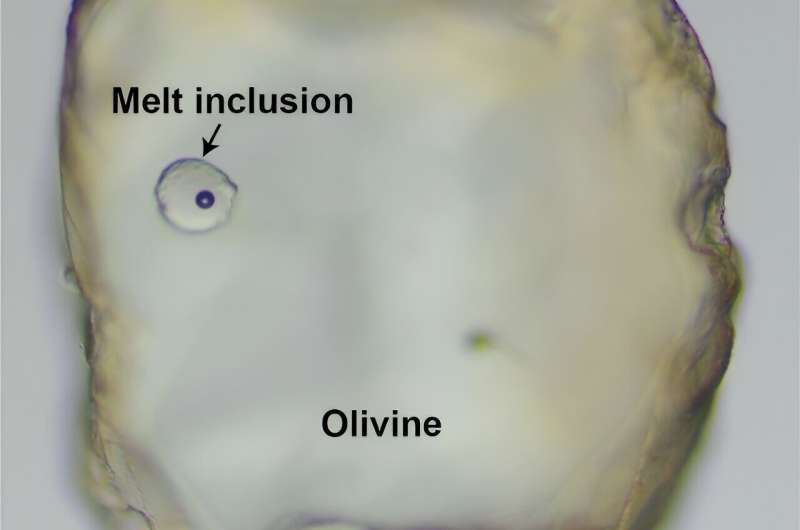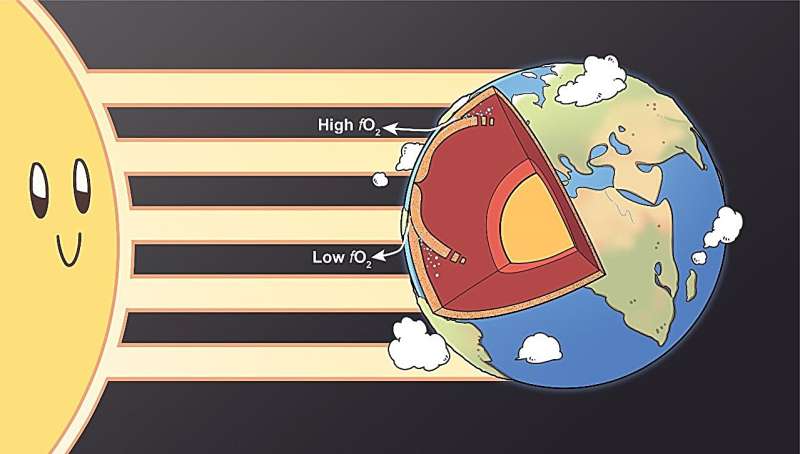This article has been reviewed according to Science X's editorial process and policies. Editors have highlighted the following attributes while ensuring the content's credibility:
fact-checked
peer-reviewed publication
trusted source
proofread
Scientists say sun's influence penetrates into deep Earth

For years, scientists believed that changes in the Earth's interior, such as volcanic eruptions and tectonic plate collisions, primarily affected the surface environment. Events such as the mass extinction around 66 million years ago and the transitions between icehouse and greenhouse climates were thought to be driven mainly by these deep Earth processes. However, a new study published in Nature Communications has revealed a surprising new aspect: solar radiation can also affect the Earth's deep interior.
Solar radiation varies with latitude, creating temperature gradients on the sea surface that affect the distribution of marine life. These carbon-rich organisms are transported into the Earth's interior by the subduction of oceanic plates. Researchers from the Institute of Geology and Geophysics of the Chinese Academy of Sciences have discovered that this process significantly affects the redox state of arc magma.
The "redox" state of arc magma refers to the balance between reducing (losing oxygen or gaining electrons) and oxidizing (gaining oxygen or losing electrons) conditions within magma formed in volcanic arcs. Marine organisms serve as organic carbon and act as a major reducer for the solid Earth. Consequently, the redox state of arc magma can reflect how the sun's influence penetrates deep into the Earth.
Thousands of magma samples have been gathered to reveal the global redox state variations which are critical for targeting metal ores such as copper, tin and lithium, key elements for renewable energy technologies. These samples have provided remarkable insights into the interactions between the surface climate and deep Earth processes.

Vanadium and scandium levels of arc magma served as key indicators in the geochemical models. By compiling global geochemical data from Cenozoic arc magma and olivine-hosted melt inclusions, the researchers found a latitude-dependent redox distribution of arc magma with less oxidized magma in lower latitudes compared to those in higher latitudes.
"Previous studies mainly compared samples from the same longitudinal regions, such as the United States in the northern hemisphere and Mexico in the tropical zone, without finding significant differences. However, our samples from different latitudes showed varying redox responses, which piqued our curiosity. Trying to explain these differences led us to discover this unexpected pattern," said Wan Bo, a geologist and co-author of the study.
"This unexpected pattern suggests that the surface climate has a direct influence on the deep Earth. It also suggests that the Earth's surface environment and climate have a vital influence on the deep Earth," said WAN.

So how does the sun work on the interior of the Earth?
Further evidence came from seafloor studies, showing more reduced carbon deposits at lower latitudes. This carbon interacts with sulfur to form sulfide, which is then transported into the mantle, contributing to the observed redox pattern.
"The observed pattern suggests a strong link between the surface environment and the redox state of the deep Earth, providing new directions for exploring the resources and environmental impacts of subduction systems at different latitudes," said Hu Fangyang, corresponding author of the study.
While the results are compelling, the researchers acknowledge the need for more extensive data from global marine and subducted sediments. The study opens new avenues for scientific exploration.
More information: Fangyang Hu et al, Latitude-dependent oxygen fugacity in arc magmas, Nature Communications (2024). DOI: 10.1038/s41467-024-50337-6
Journal information: Nature Communications
Provided by Chinese Academy of Sciences





















